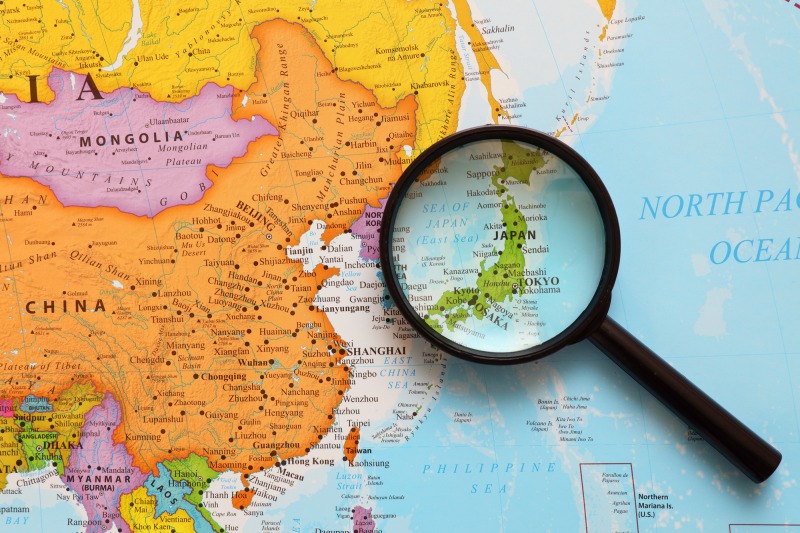
[Trivia] All About Japanese Era Names - From Their Origins to Other Facts
In Japan, dates on everything from public documents to resumes and coins are written in the gengo system. The current Heisei Era is coming to an end, and a new gengo will be ushered in this May. How is a gengo chosen and when will the change take place? What are the origins of gengo? Here are some facts about gengo!
This post may contain affiliate links. If you buy through them, we may earn a commission at no additional cost to you.
What are Gengo (Era Names)?
Gengo is a uniquely Japanese calendar system distinct from the Gregorian calendar. It did not originate in Japan; actually, its roots lie in China in 115 BC. It was adopted across East Asia at one time, but Japan is the only country in which it has been passed down to this day. The first era was Taika, which started in 645 AD, and the current Heisei Era is the 247th era.

What is Gengo-ho?
Gengo are determined by a law called "gengo-ho." The law declares that gengo is only renewed when there is a change of emperor, and there is just one gengo during the reign of an emperor (a hereditary figurehead with no political authority; the current Emperor is the 125th emperor). Although emperors usually reign until their deaths, it was recently decided to make an exception for the current Emperor, who is elderly and will abdicate in consideration of his health. As a result, the gengo will be updated.

How are Gengo Decided?
In addition to the gengo-ho law, there are guidelines for specific processes and procedures to determine a new gengo. These guidelines are as follows:
1. It must have a positive meaning that is appropriate for representing the citizens\' ideal.
2. It must consist of two kanji characters.
3. It must be easy to write.
4. It must not have been used as a gengo or posthumous title in the past.
5. It must not be a word/expression that is commonly used.
Lead by the prime minister, key figures deliberate on a gengo based on these criteria. The Emperor, Crown Prince, and other members of the Imperial Family are not involved in any discussions regarding the selection of a gengo.
What the Gengo Represents
The two kanji characters that make up the gengo have a meaning that represents an aspiration. The current gengo, Heisei, represents the desire for "peace to be achieved on heaven and earth and within Japan and abroad"; the previous Showa, "a desire for peace for the citizens and the coexistence and prosperity of the world"; and Meiji before that, "setting course in a bright direction." The next gengo will be announced on April 1st. It will be interesting to see what aspirations it will represent.

The Longest and Shortest Gengo
There have been 247 gengo between Taika and Heisei. Kinjo Tenno (the current Emperor) is the 125th, indicating that it wasn\'t just one gengo per emperor in the past. There were cases where the gengo was changed to represent restoration after a natural disaster or ominous occurrence, or to restart an era because an unusual creature was discovered, which was considered to be a good omen. Therefore, new eras did not start on January 1st, and in fact, usually started in the middle of the year. The shortest gengo was a mere 74 days, and the longest, the Showa era just before Heisei, lasted for 64 years and 14 days.

Gengo Is Deeply Ingrained in Japanese Life
With the impending renewal of gengo, the end of the Heisei Era, and the dawn of a new era, Japan is filled with a sense of anticipation. The Japanese all know their birth dates in both the Gregorian calendar and gengo, and dates on public documents and resumes may be written in either system. Japanese coins are engraved with the dates they were minted on in gengo as well. In addition, gengo are used to refer to certain periods of time: People born in the Showa Era are considered to be of a different generation as those born in the Heisei Era, and people often reminisce about certain gengo, as in "xx was popular during the Showa Era." The culture of gengo, which remains only in Japan, has been deeply ingrained in the life of Japanese people for over 1,000 years.

Hopefully this has given you an understanding of gengo. The new gengo will be announced on April 1, so be sure to keep an eye out for news about it!
The information in this article is accurate at the time of publication.



